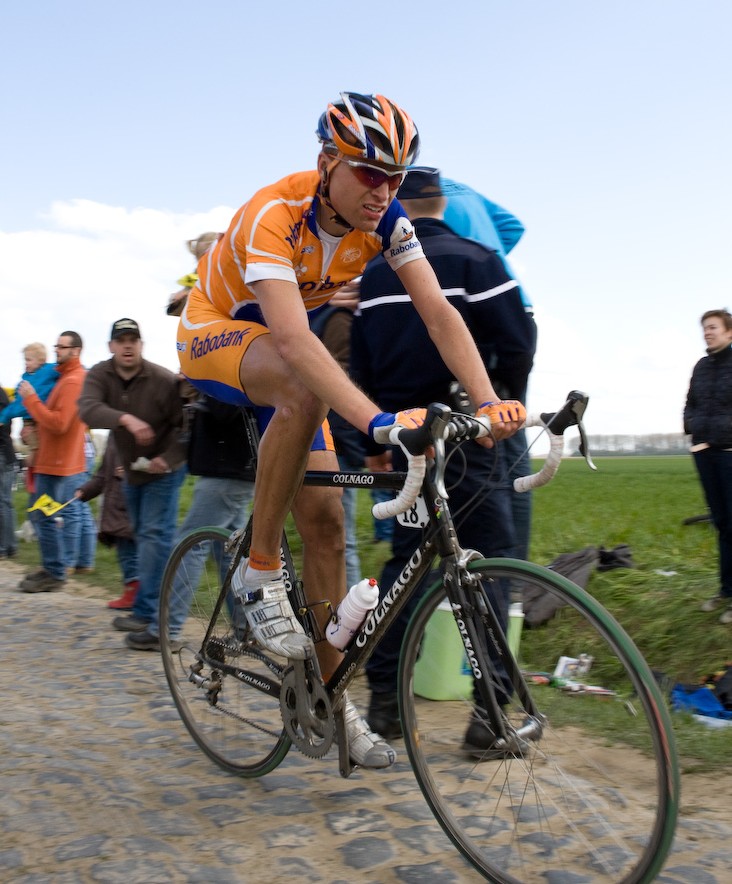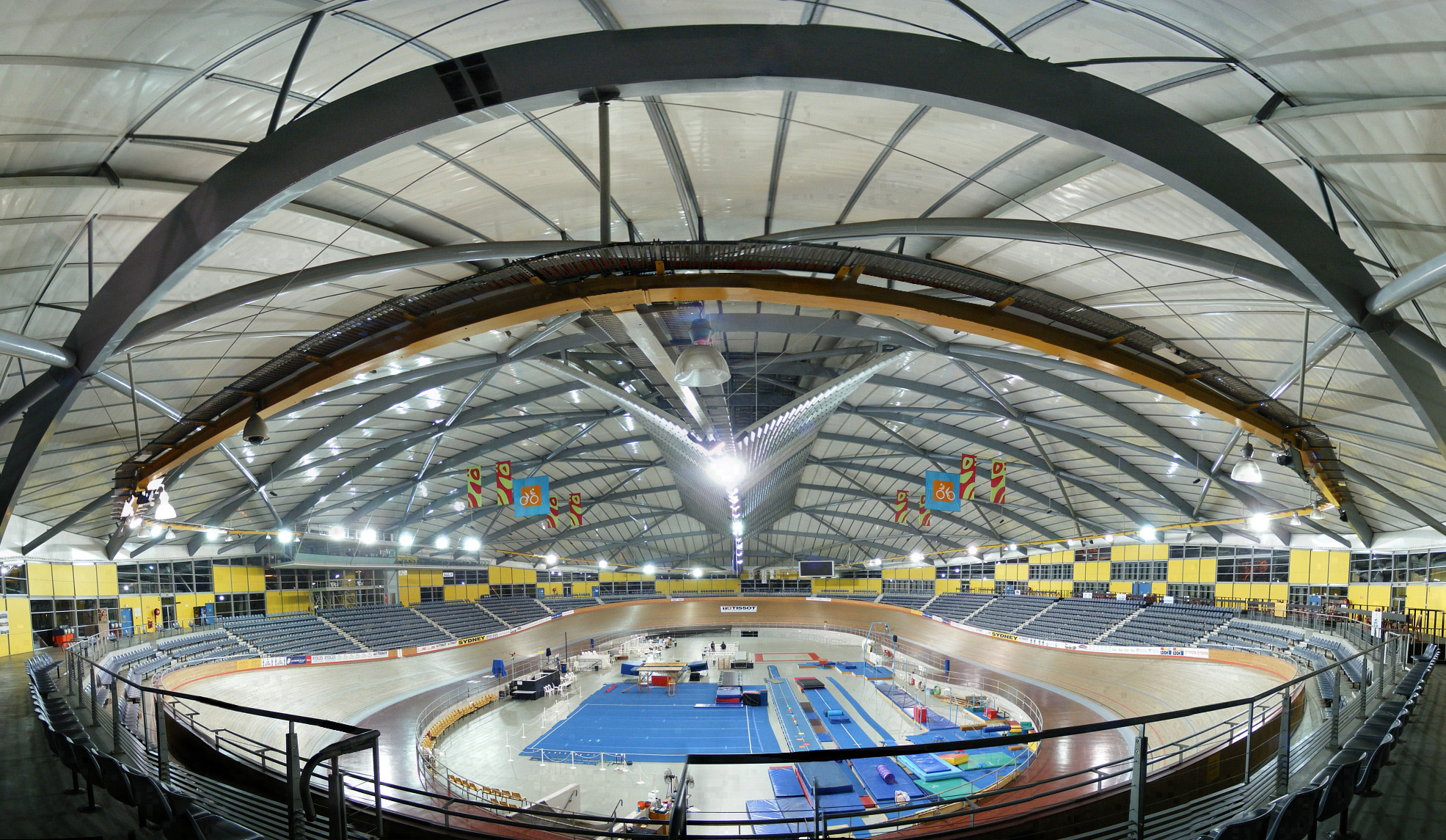|
1925 Paris–Roubaix
{{Paris–Roubaix-race-stub ...
The 1925 Paris–Roubaix was the 26th edition of the Paris–Roubaix, a classic one-day cycle race in France. The single day event was held on 12 April 1925 and stretched from Paris to its end in a velodrome in Roubaix. The winner was Félix Sellier from Belgium. Results References Paris–Roubaix Paris–Roubaix Paris–Roubaix Paris–Roubaix Paris–Roubaix is a one-day professional bicycle road race in northern France, starting north of Paris and finishing in Roubaix, at the border with Belgium. It is one of cycling's oldest races, and is one of the 'Monuments' or classics of the ... [...More Info...] [...Related Items...] OR: [Wikipedia] [Google] [Baidu] |
Félix Sellier
Félix Sellier (Spy, 2 January 1893 – Gembloux, 16 April 1965) was a Belgian professional road bicycle racer. Stage victory in 1921 Tour de France In the 1921 Tour de France, the cyclists were separated in two classes, the sponsored riders and the unsponsored riders. For the thirteenth stage, these classes started separated, partly because the Tour organisers wanted to punish the sponsored riders for not attacking the leader Léon Scieur, and partly because the leader in the second class was helped by cyclists in the first class. Sellier was one of the riders in the second class, and therefore could start two hours earlier than the favourites. Some of the second class cyclists including Sellier stayed ahead, and Sellier managed to win the stage. Sellier would finish 8th overall of the second class cyclists, and 16th in the overall combined classification. In the next year, Sellier started the Tour de France as sponsored cyclist. He again won a stage, but this time he had star ... [...More Info...] [...Related Items...] OR: [Wikipedia] [Google] [Baidu] |
Pietro Bestetti
Pietro Bestetti (12 December 1898 – 3 January 1936) was an Italian cyclist Cycling, also, when on a two-wheeled bicycle, called bicycling or biking, is the use of cycles for transport, recreation, exercise or sport. People engaged in cycling are referred to as "cyclists", "bicyclists", or "bikers". Apart from two .... He competed in two events at the 1920 Summer Olympics. He finished in second place in the 1925 Paris–Roubaix and rode in four editions of the Giro d'Italia in the 1920s. References External links * 1898 births 1936 deaths Italian male cyclists Olympic cyclists for Italy Cyclists at the 1920 Summer Olympics Cyclists from Milan People from Pioltello {{Italy-cycling-bio-stub ... [...More Info...] [...Related Items...] OR: [Wikipedia] [Google] [Baidu] |
Jules Van Hevel
Jules Vanhevel (10 March 1895 in Koekelare – 21 July 1969 in Ostend) was a Belgian racing cyclist. He was a professional from 1919 to 1936. Biography In the literature, his name is often misspelled as "Jules Van Hevel. The cyclist Jules A. Vanhevel should not be confused with Jules K. Vanhevel, the last miller of the East Mill at Gistel, a relative Jules Vanhevel his first racing bike was a Bercley. Record as beginner ;1913 * 1st place "The First Step" at Brussels * 1st place Harelbeke- Gent Harelbeke- * 1st place at Tielt Record as independent ;1914 * 1st place coast of Circulation * 3rd place Grand Prix Brussels * 1st place Grand Prix Merkem * 1st place Evergem- Oostende Evergem- * 1st place Grand Prix Franco-Belge Record in the war / in military service Jules Vanhevel served as a cyclist in the 1st Artillery Regiment and later in the trench mortars Van Doren of the 1st Army Division. He was injured and was sent to England ill. ;1917 * Molinari Cup 1st ... [...More Info...] [...Related Items...] OR: [Wikipedia] [Google] [Baidu] |
1924 Paris–Roubaix
{{Paris–Roubaix-race-stub ...
The 1924 Paris–Roubaix was the 25th edition of the Paris–Roubaix, a classic one-day cycle race in France. The single day event was held on 6 April 1924 and stretched from Paris to its end in a velodrome in Roubaix. The winner was Jules Van Hevel from Belgium. Results References Paris–Roubaix Paris–Roubaix Paris–Roubaix Paris–Roubaix Paris–Roubaix is a one-day professional bicycle road race in northern France, starting north of Paris and finishing in Roubaix, at the border with Belgium. It is one of cycling's oldest races, and is one of the 'Monuments' or classics of the ... [...More Info...] [...Related Items...] OR: [Wikipedia] [Google] [Baidu] |
1926 Paris–Roubaix
{{Paris–Roubaix-race-stub ...
The 1926 Paris–Roubaix was the 27th edition of the Paris–Roubaix, a classic one-day cycle race in France. The single day event was held on 4 April 1926 and stretched from Paris to its end in a velodrome in Roubaix. The winner was Julien Delbecque from Belgium. Results References Paris–Roubaix Paris–Roubaix Paris–Roubaix Paris–Roubaix Paris–Roubaix is a one-day professional bicycle road race in northern France, starting north of Paris and finishing in Roubaix, at the border with Belgium. It is one of cycling's oldest races, and is one of the 'Monuments' or classics of the ... [...More Info...] [...Related Items...] OR: [Wikipedia] [Google] [Baidu] |
Paris–Roubaix
Paris–Roubaix is a one-day professional bicycle road race in northern France, starting north of Paris and finishing in Roubaix, at the border with Belgium. It is one of cycling's oldest races, and is one of the 'Monuments' or classics of the European calendar, and contributes points towards the UCI World Ranking. The most recent edition was held on 17 April 2022. Paris–Roubaix is famous for rough terrain and cobblestones, or pavé (setts),Paris–Roubaix is popularly known throughout the English-speaking world for its 'cobbled sectors', but this is a misnomer as the sectors are actually paved with granite setts, roughly hewn blocks, which are smoother and safer than true cobblestones (prominent rounded pebbles often used on inner city streets). This article maintains the misnomer 'Cobblestones' but attempts to clarify the misnomer where relevant. being, with the Tour of Flanders, E3 Harelbeke and Gent–Wevelgem, one of the cobbled classics. It has been called ''the Hell o ... [...More Info...] [...Related Items...] OR: [Wikipedia] [Google] [Baidu] |
Classic Cycle Races
The classic cycle races are the most prestigious one-day professional road cycling races in the international calendar. Some of these events date back to the 19th century. They are normally held at roughly the same time each year. The five most revered races are often described as the cycling monuments. For the 2005 to 2007 seasons, some classics formed part of the UCI ProTour run by the Union Cycliste Internationale. This event series also included various stage races including the Tour de France, Giro d'Italia, Vuelta a España, Paris–Nice, and the Critérium du Dauphiné Libéré. The UCI ProTour replaced the UCI Road World Cup series (1989–2004) which contained only one-day races. Many of the classics, and all the Grand Tours, were not part of the UCI ProTour for the 2008 season because of disputes between the UCI and the ASO, which organizes the Tour de France and several other major races. Since 2009, many classic cycle races are part of the UCI World Tour. Probl ... [...More Info...] [...Related Items...] OR: [Wikipedia] [Google] [Baidu] |
France
France (), officially the French Republic ( ), is a country primarily located in Western Europe. It also comprises of Overseas France, overseas regions and territories in the Americas and the Atlantic Ocean, Atlantic, Pacific Ocean, Pacific and Indian Oceans. Its Metropolitan France, metropolitan area extends from the Rhine to the Atlantic Ocean and from the Mediterranean Sea to the English Channel and the North Sea; overseas territories include French Guiana in South America, Saint Pierre and Miquelon in the North Atlantic, the French West Indies, and many islands in Oceania and the Indian Ocean. Due to its several coastal territories, France has the largest exclusive economic zone in the world. France borders Belgium, Luxembourg, Germany, Switzerland, Monaco, Italy, Andorra, and Spain in continental Europe, as well as the Kingdom of the Netherlands, Netherlands, Suriname, and Brazil in the Americas via its overseas territories in French Guiana and Saint Martin (island), ... [...More Info...] [...Related Items...] OR: [Wikipedia] [Google] [Baidu] |
Paris
Paris () is the capital and most populous city of France, with an estimated population of 2,165,423 residents in 2019 in an area of more than 105 km² (41 sq mi), making it the 30th most densely populated city in the world in 2020. Since the 17th century, Paris has been one of the world's major centres of finance, diplomacy, commerce, fashion, gastronomy, and science. For its leading role in the arts and sciences, as well as its very early system of street lighting, in the 19th century it became known as "the City of Light". Like London, prior to the Second World War, it was also sometimes called the capital of the world. The City of Paris is the centre of the Île-de-France region, or Paris Region, with an estimated population of 12,262,544 in 2019, or about 19% of the population of France, making the region France's primate city. The Paris Region had a GDP of €739 billion ($743 billion) in 2019, which is the highest in Europe. According to the Economist Intelli ... [...More Info...] [...Related Items...] OR: [Wikipedia] [Google] [Baidu] |
Velodrome
A velodrome is an arena for track cycling. Modern velodromes feature steeply banked oval tracks, consisting of two 180-degree circular bends connected by two straights. The straights transition to the circular turn through a moderate Track transition curve, easement curve. History The first velodromes were constructed during the late 1870s, the oldest of which is Preston Park Velodrome, Brighton, United Kingdom, built in 1877 by the British Army. Some were purpose-built just for cycling, and others were built as part of facilities for other sports; many were built around athletics tracks or other grounds and any banking was shallow. Reflecting the then-lack of international standards, sizes varied and not all were built as ovals: for example, Preston Park is long and features four straights linked by banked curves, while the Portsmouth velodrome, in Portsmouth, has a single straight linked by one long curve. Early surfaces included cinders or shale, though concrete, asphalt ... [...More Info...] [...Related Items...] OR: [Wikipedia] [Google] [Baidu] |
Roubaix
Roubaix ( or ; nl, Robaais; vls, Roboais) is a city in northern France, located in the Lille metropolitan area on the Belgian border. It is a historically mono-industrial commune in the Nord department, which grew rapidly in the 19th century from its textile industries, with most of the same characteristic features as those of English and American boom towns. This former new town has faced many challenges linked to deindustrialisation such as urban decay, with their related economic and social implications, since its major industries fell into decline by the middle of the 1970s. Located to the northeast of Lille, adjacent to Tourcoing, Roubaix is the chef-lieu of two cantons and the third largest city in the French region of Hauts-de-France ranked by population with nearly 99,000 inhabitants. [...More Info...] [...Related Items...] OR: [Wikipedia] [Google] [Baidu] |
Pietro Linari
Pietro Linari (15 October 1896 – 1 January 1972) was an Italian cyclist. He finished in fourth place in the 1925 Paris–Roubaix. References 1896 births 1972 deaths Italian Giro d'Italia stage winners Italian male cyclists Cyclists from Florence {{Italy-cycling-bio-stub ... [...More Info...] [...Related Items...] OR: [Wikipedia] [Google] [Baidu] |




